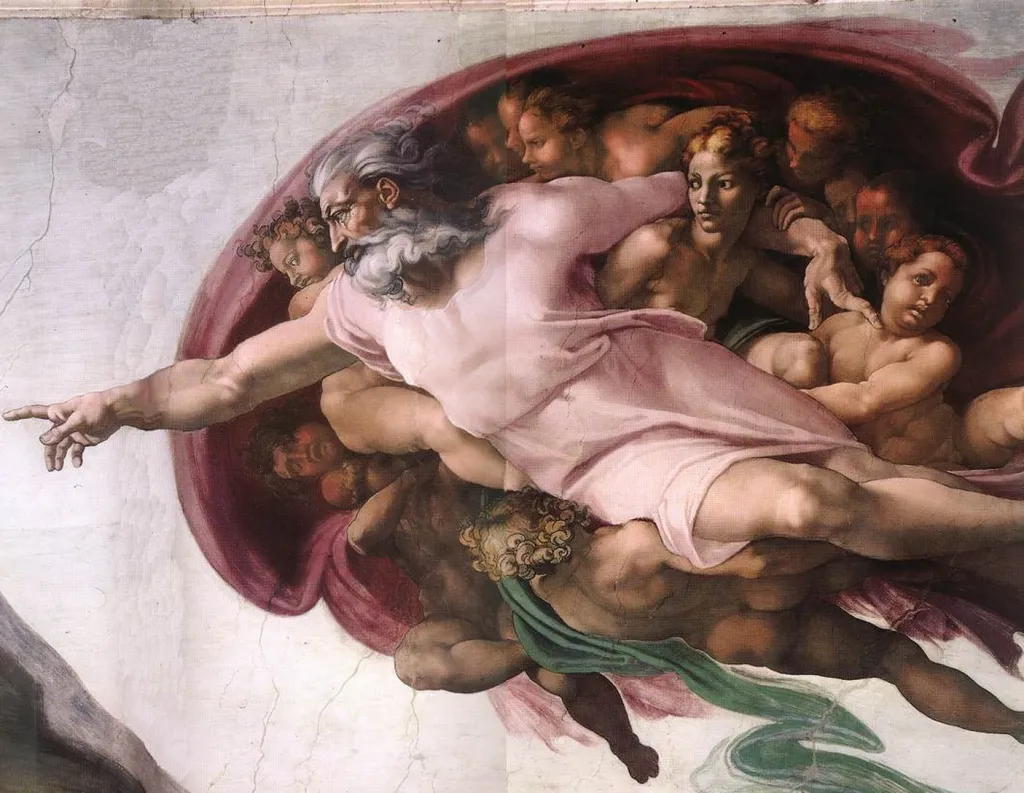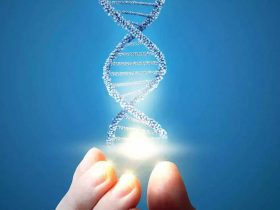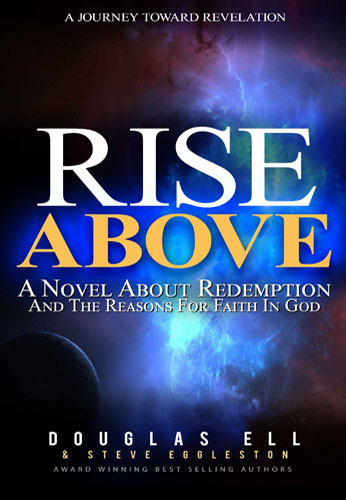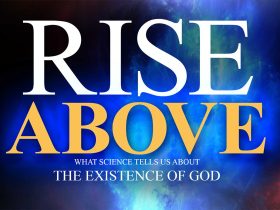Where was the Garden of Eden? I get asked that question sometimes when I give a talk. Over the years, I’ve changed my response.
The second chapter of Genesis records that “God planted a garden in Eden, in the east, and there he put the man whom he had formed.” Genesis 2:8. In the garden was the tree of knowledge of good and evil. Genesis 2:9. “A river went out of Eden to water the garden,” and divided into four rivers: Pishon, Gihon, Tigris, and Euphrates. Genesis 2:10-14.
Today the Tigris and Euphrates are major rivers that flow from Turkey through Iraq. Does this mean the Garden of Eden was in Iraq, or perhaps at the headquarters of the rivers in the mountains in Turkey? I think not.
The reuse of names from the Bible is common, so the reuse of old names proves nothing. Today, there is no place of Earth where one river divides into four. And one cannot ignore the Flood of Noah. The Flood obliterated the prior landscape; today, much of the Middle East is covered with two miles of sedentary rock; rock laid down by the receding waters of the Flood. Yes, the ark landed in the mountains of Turkey, mountains pushed up by the volcanic activity accompanying the Flood, as were all mountain ranges on Earth. But the Bible doesn’t say where the ark was built, and the ark was severely tossed during the months of the Flood. The Ark could have come from anywhere, and its landing place in the mountains of Turkey does not help locate where it came from, much less suggest the location of the Garden of Eden.
But the Bible does give a powerful clue. The more I study the Bible, and I certainly have a long way to go in that process, the more I find recurrent themes and patterns. These themes and patterns connect and unify the Bible. I am told there are 1800 connections between the Old and New Testaments, prophecies of things to come and references back to prior sections.
Of all these themes and connections, the most important relate to the life and death of Jesus. The overriding metanarrative of Christianity is Creation, Fall, Redemption, and Resurrection. The Fall came after Adam and Eve stole from the tree of God, the tree of the knowledge of good and evil. Redemption came after Jesus had died on the “tree” of man, on a wooden cross of suffering and death.
Is it possible both trees were located on the same spot? I think yes! God placed Jesus’ birth in Bethlehem, five miles south of Jerusalem, where the sacrificial lambs for the Temple were raised. There is tremendous symbolism in this: Jesus, the “sacrificial lamb of God,” was born in the town where the sacrificial lambs of man were raised. Jesus was born in a manger, probably a cave, exactly as a newborn sacrificial lamb. Jesus was wrapped in swaddling clothes. Sacrificial lambs had to be perfect and, to protect the clumsy critters from injuring themselves, the shepherds would wrap them in swaddling clothes, probably scraps of used priestly garments.
If God went through all that trouble to connect the birth of Jesus with his mission to be the sacrificial Lamb of God, why wouldn’t he connect Jesus’ death? By dying on the “tree” of man, by giving himself to the tree of man, Jesus healed the break that occurred when Adam and Eve stole from the tree of God. If the fruit from the tree of the knowledge of good and evil was an apple, then in a sense Jesus put the apple back on the tree, he paid the price with his life.
Is it possible that both trees were located on about the same spot? Yes! Why would God choose any other place? No other location would so powerfully connect Jesus’ death to his mission.
If you demand scientific evidence for the location of Eden, you will find none. But if you look at the Bible as a whole, if you realize it is connected from the beginning to end, then I suggest only one place fits. I suggest the Garden of Eden was located below present-day Jerusalem.
Thanks for reading.
Doug Ell


















Leave a Reply